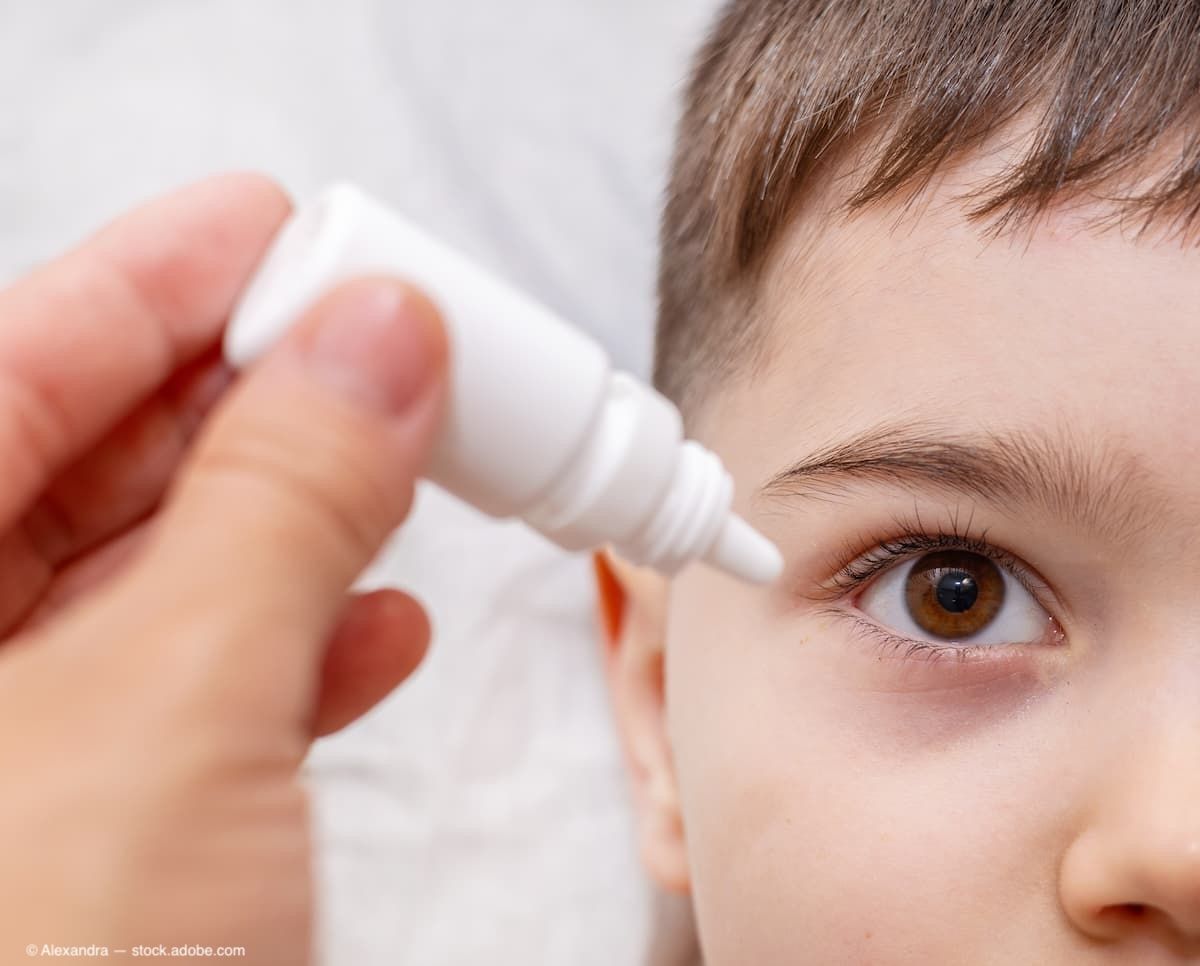News
Article
Light therapy: Potential treatment for dry AMD
Author(s):
Key Takeaways
- Photobiomodulation may reduce visual loss and disease progression in dry AMD, offering a new treatment option for patients.
- The study showed significant visual acuity improvement and decreased geographic atrophy in treated patients compared to untreated ones.
Non-invasive, painless laser can reduce risk of vision loss
(Image credit: AdobeStock/safu designe)

The results of a new study has shown that photobiomodulation, a non-invasive treatment, may be another method for treating dry age-related macular degeneration (AMD). David S. Boyer, MD, of Retina-Vitreous Associates Medical Group in Los Angeles, reported that this therapy can reduce the risk of visual loss and show disease progression.
Boyer reported the results at the 2024 American Academy of Ophthalmology (AAO) annual meeting in Chicago.
“It’s promising news for patients who typically experience slow, progressive vision loss year after year,” commented Boyer in a press release issued by AAO.
This is good news for patients with dry AMD, for whom few treatment options are available. To date, only life-style and dietary modifications have been recommended.
The photobiomodulation study
A total of 100 patients (148 eyes) participated in the study. These patients, who had high-risk intermediate AMD, were randomized to receive photobiomodulation or an active sham treatment. Treatment was administered 3 times a week for 3 weeks and repeated every 4 months.
The results showed that after 2 years of treatment, 53% of treated patients had more than 5 letters improvement in the best-corrected visual acuity which was in contrast to 18% of untreated patients who lost more than 5 letters of vision. In addition, the treated patients had a 73% decrease in new-onset geographic atrophy, compared with a 24% incidence of disease progression in the untreated patients.
Boyer described photobiomodulation as “the first and only non-invasive treatment that appears to be helpful in improving vision and decreasing progression of dry AMD.”
He pointed out that the treatment could be administered when patients notice visual symptoms and in any patient with dry AMD to reduce disease progression.
According to the press release, photobiomodulation therapy is not new. It has proven ability in a variety of musculoskeletal, neurologic, and inflammatory conditions, and, more recently, in ophthalmic diseases, such as diabetic retinopathy and retinitis pigmentosa.
The therapy, which can be administered as an in-office treatment, uses different wavelengths of light to improve cellular function in the cells of the retinal pigment epithelium. This treatment may allow ophthalmologists to treat the condition at an earlier stage, before cell loss is irreversible.
The U.S. Food and Drug Administration is expected to review and decide on the Biologics License Application for Photobiomodulation therapy in December 2024.
Newsletter
Don’t miss out—get Ophthalmology Times updates on the latest clinical advancements and expert interviews, straight to your inbox.




